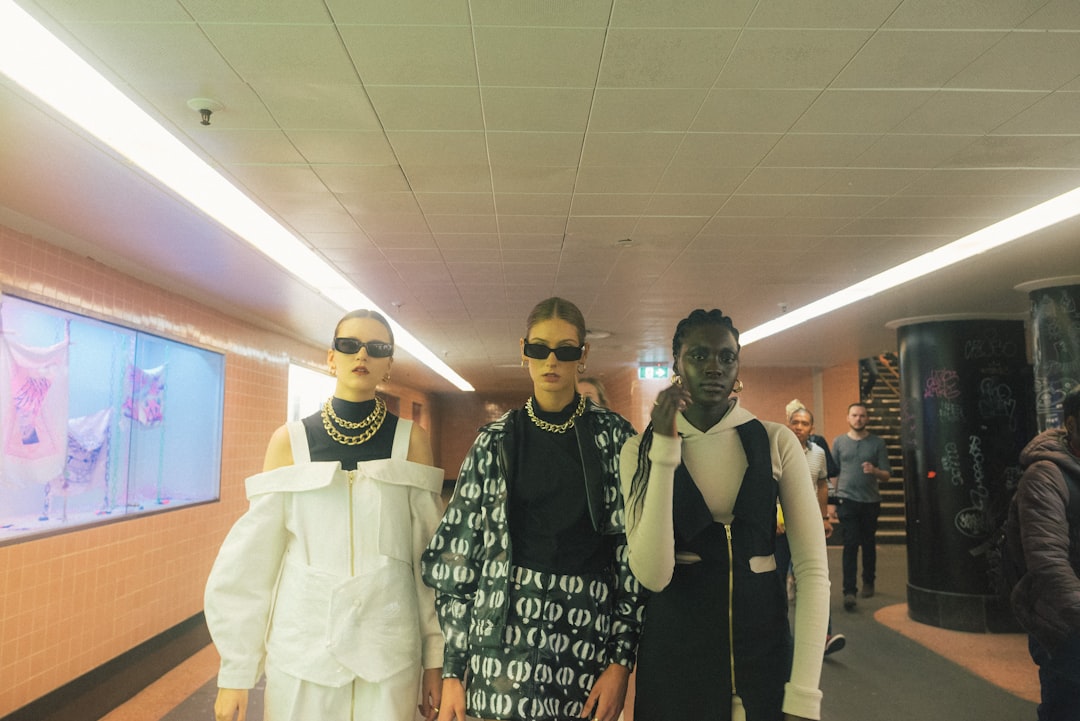In today’s world, where environmental concerns are at the forefront of global discussions, the fashion industry is undergoing a significant transformation. As consumers become more aware of the impacts of their choices, sustainable fashion is no longer just a trend; it’s a movement. But what does it really mean to embrace sustainable fashion, and how can you do it without compromising on style?
Let’s explore the exciting realm of eco-friendly apparel, where innovation meets conscience. The sustainable fashion landscape encompasses everything from organic fabrics and ethical production practices to recycling and upcycling strategies. The first step towards sustainable fashion is understanding the materials that comprise your wardrobe. Traditional fabrics like cotton and polyester are often produced in ways that harm the environment, from the excessive use of pesticides to the heavy carbon footprints associated with synthetic fibers.
On the other hand, materials like organic cotton, Tencel, hemp, and bamboo are grown and processed in more environmentally friendly ways. By opting for these sustainable fabrics, you’re not only reducing your ecological impact but also investing in garments that often feel better on the skin and last longer. Imagine slipping into a pair of organic cotton pajamas that not only feel luxurious but also contribute to a healthier planet!
Next, let’s talk about the ethical side of fashion. The fashion industry has long been criticized for its labor practices, often exploiting workers in developing countries. As a conscious consumer, supporting brands that prioritize fair trade and ethical labor practices can make a significant difference. Brands like Everlane and Reformation are pioneers in transparency, offering insights into their production processes and the true cost of their clothing. By choosing to support these brands, you’re voting with your wallet for a more equitable fashion landscape.
But what if you’re on a tight budget? Sustainable fashion doesn’t have to break the bank. Thrifting has become a popular way to find unique pieces while also minimizing waste. Visiting your local thrift store or exploring online platforms like Poshmark or Depop can uncover hidden gems that reflect your style and personality. Not only do you save money, but you also reduce the demand for new clothing production, making this a win-win scenario for both your wallet and the environment.
If you’re feeling particularly crafty, why not delve into the world of DIY fashion? Upcycling old garments into something fresh and new can be an incredibly rewarding experience. Whether it’s turning an old pair of jeans into a trendy tote bag or reimagining a vintage dress into a chic modern piece, the possibilities are endless. There are countless tutorials online that can guide you through the process, transforming your wardrobe while giving new life to forgotten items.
Another angle to consider is the psychological impact of sustainable fashion. Wearing clothes that align with your values can significantly boost your self-esteem and sense of identity. When you know your choices contribute to a greater cause, it fosters a sense of pride and responsibility. This positive psychological effect can manifest in how you carry yourself and interact with others, enhancing not just your wardrobe but your overall outlook on life.
As we move towards a more sustainable future, it’s essential to recognize the emerging trends in eco-friendly fashion. Circular fashion, where garments are designed for reuse and recycling, is gaining momentum. Brands are exploring ways to create clothes that can be returned, remade, or repurposed, thus minimizing waste. Additionally, technologies like 3D printing and bio-fabrication are paving the way for innovative materials that challenge traditional notions of fashion.
In conclusion, sustainable fashion is about making informed choices that reflect your values without sacrificing style. From opting for eco-friendly materials and supporting ethical brands to embracing thrift shopping and DIY projects, there are countless ways to build a wardrobe that feels good and does good. So, the next time you consider a new purchase, ask yourself: How does this piece contribute to my style and the world around me? Your wardrobe can be a canvas for your values, creativity, and individuality. Let’s embrace sustainable fashion, not just as a trend, but as a lifestyle that honors both ourselves and the planet.

